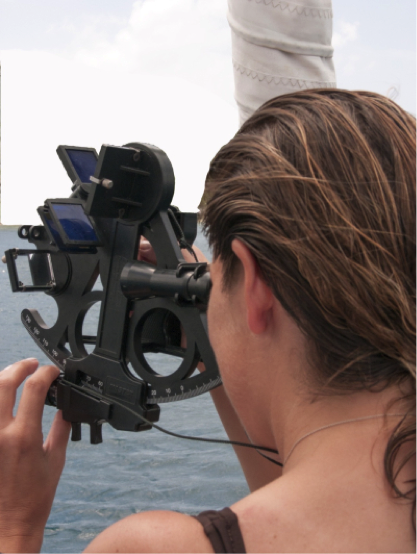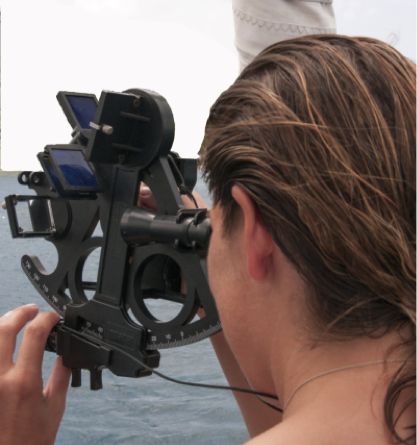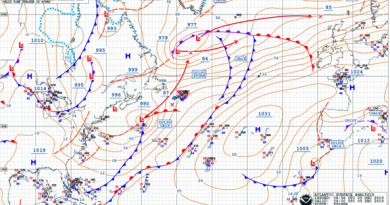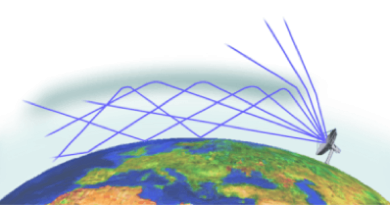RYA-tips #14 – Latitude by Merpass
Zeilen is een combinatie van wetenschap en kunst. En voor wie daar meer over wilt weten schrijft Albert De Nijs, instructeur bij de De Zeezeilers van Marken wekelijks een rubriek met tips&trics van de Royal Yachting Association.

Sailing at night, looking at the stars and wondering how to use the sextant to fix your position?
A simple introduction to the basics of astro-navigation is the Noon sight or Merpass. At our latitudes the Sun rises somewhere in the East, reaches its highest point when passing our Meridian (due South of our position) and sets West. If we know the position of the Sun relative to the equator (declination), and we measure the angle of the Sun above the horizon at meridian passage, we found our Latitude.
At the spring equinox (around 21 March) the Sun passes the equator on its way North, at the Solstice (21 June) it reaches its highest declination (23.5°N). At the autumn equinox the Sun crosses the equator again on its way South (our winter). In the Nautical Almanac we can find the Sun’s declination for any given date/time.
Mid April the declination of the Sun is around 10°N. If we would be at 10°N the Sun would be directly overhead at meridian passage. If we would be at the North Pole the Sun’s angle would be 10° above the horizon.
So, Latitude = (90°-observed angle) + declination. If we measure the angle of the Sun at meridian passage to be 60° above the horizon (assuming a declination of 10°N), our Latitude is 40°
The calculations are very simple, the disadvantage of the Merpass is that the Sun passes your meridian only once!
Albert de Nijs, Dutch Offshore Sailing Academy




